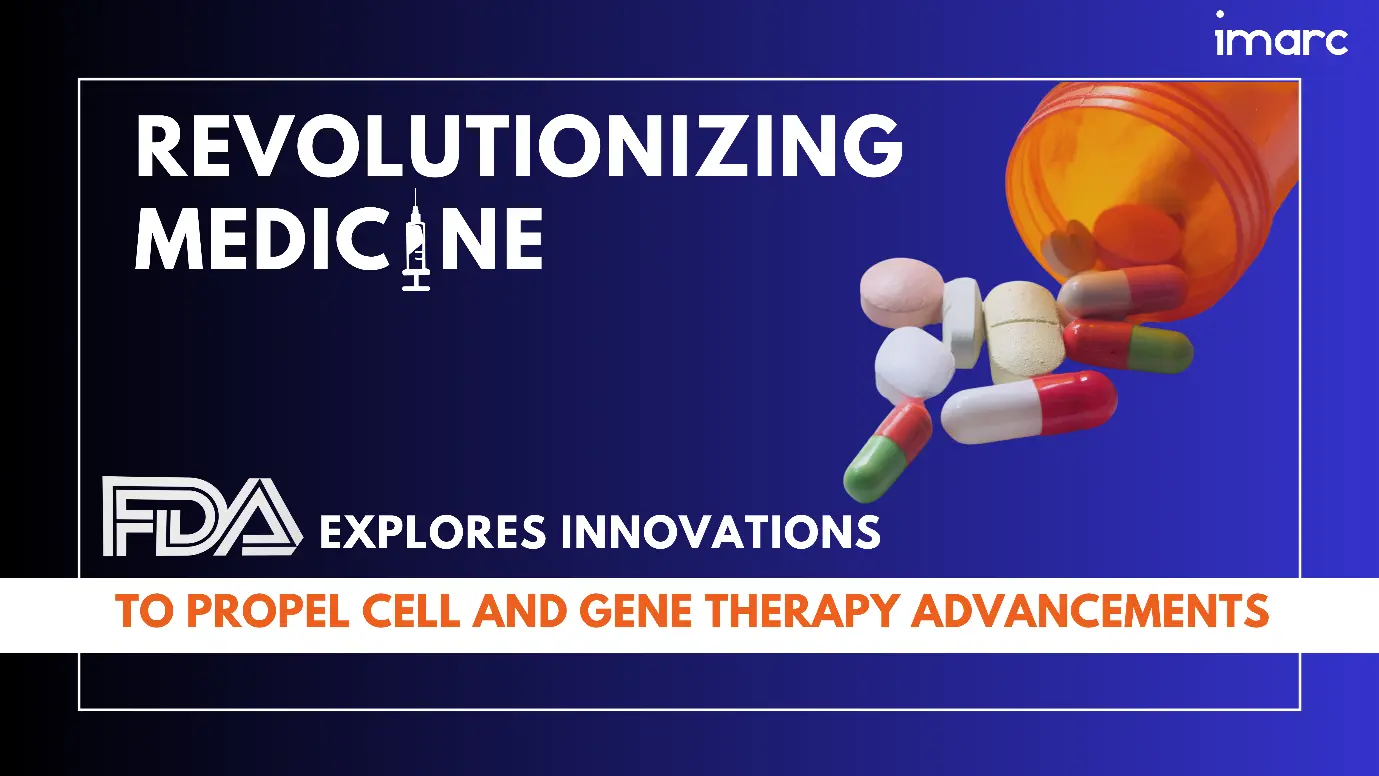Australia's Roadmap to Excellence: Non-Animal Models at the Forefront of Medical Progress
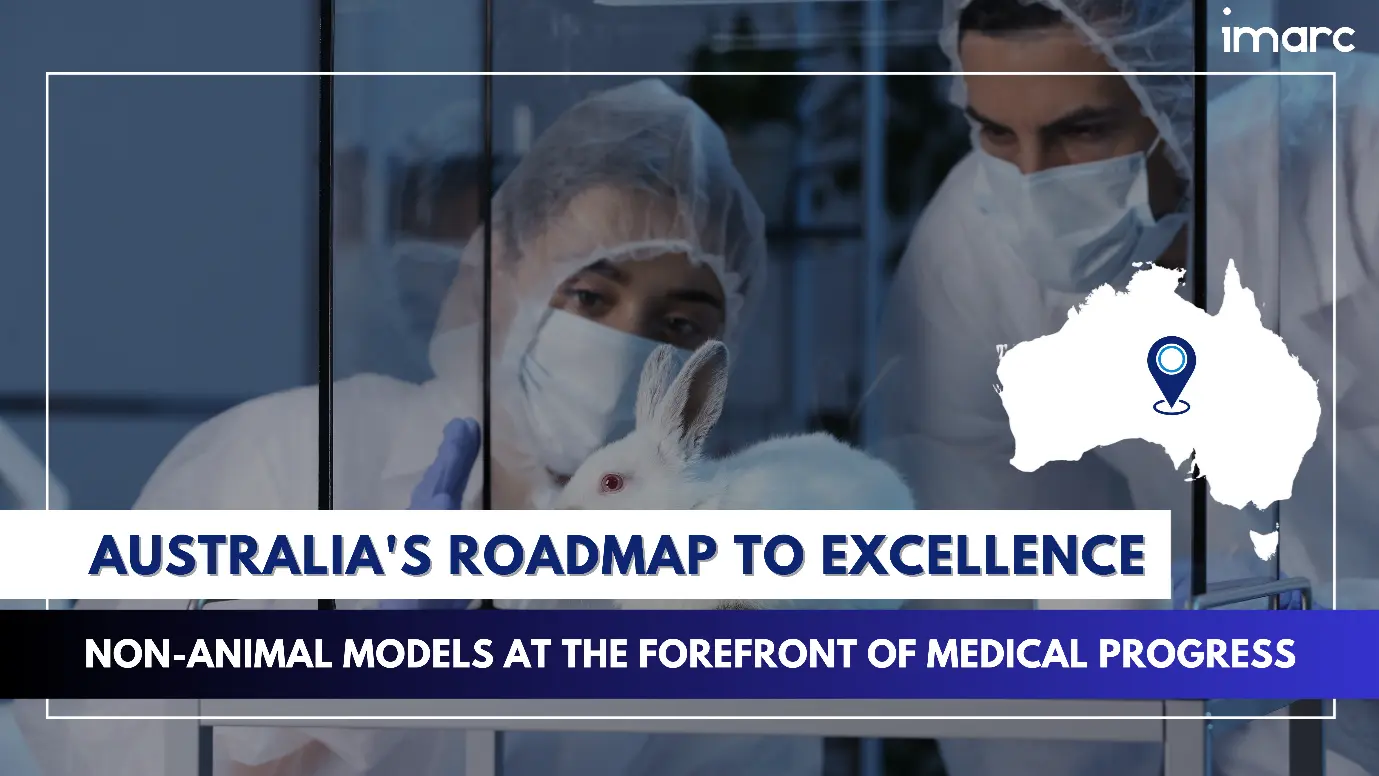
A non-animal model refers to an experimental system or method used in scientific research or testing that does not involve the use of animals. These models are developed to simulate biological processes, test hypotheses, or study diseases without the need for live animals. The aim is often to reduce the reliance on animal testing, which has ethical implications and raises concerns about animal welfare.
Non-animal models leverage various technologies, including cell culture, high throughput screening, molecular imaging, and OMIC technology. Additionally, a variety of methods are employed in non-animal models, such as cellular assays, biochemical assays, in-silico simulations, and ex-vivo experiments. They find applications across multiple industries, including pharmaceuticals, cosmetics, household products, diagnostics, chemicals, and food. Furthermore, the demand for alternatives to animal models has risen due to the increasing risks associated with animal model supply chains. These models align with the global '3Rs' objectives, aiming to replace, reduce, and refine the use of animals for research and testing.
The United States and Europe are actively adopting favorable policies and regulations to support non-animal models, encouraging a transition away from animal use in the research and testing of medical products. Over the next 15 years, a decline in the use of animal models is anticipated, driven by the increased adoption of non-animal models across all stages of medical product development. The most substantial growth is expected in complex in-vitro models, such as organoids and organ-on-chip technologies. In silico models are also anticipated to be more widely applied throughout the development process, used in conjunction with in vitro models to complement and validate findings.
Breaking Ground: Australia's Growing Opportunity in Non-Animal Models
According to a report, the global market for non-animal models is projected to experience a compound annual growth rate (CAGR) of 10.1% from 2024 to 2032. Additionally, it is estimated that the non-animal model sector presents a lucrative US$ 1.5 Billion opportunity for Australia in the coming years. Australia has solidified its global position in non-animal models, particularly in organ systems such as cardiovascular, respiratory, and nervous systems.
Australia's foundational capabilities, including the National Collaborative Research Infrastructure Strategy (NCRIS) network, existing infrastructure, high throughput screening capabilities, and internationally recognized expertise in induced pluripotent stem cell generation – a crucial component in non-animal model development – contribute to a positive outlook for the non-animal model market in the country. The escalating demand for non-animal models presents diverse opportunities for Australia, including enhancing national drug discovery R&D productivity through advanced in vitro models, developing organ-specific models to elevate preclinical development in the pharmaceutical field, pioneering personalized models for tailored trial participant selection and clinical treatment approaches and onshore production of model components.
Revolutionizing Research: The Triumph of Non-Animal Models Over Traditional Methods
The emerging non-animal models worldwide offer several benefits over traditional animal models, as outlined below:
Improved Biological Relevance: Non-animal models, derived from human cells show greater potential in replicating human responses compared to animal models. Additionally, animal models come with drawbacks like inter-species differences, variability between studies, and limited predictivity for toxicity in clinical trials. In contrast, non-animal models have successfully anticipated human clinical outcomes in terms of toxicity, biomarker signals, and drug sensitivity. Consequently, non-animal models enhance overall biological relevance.
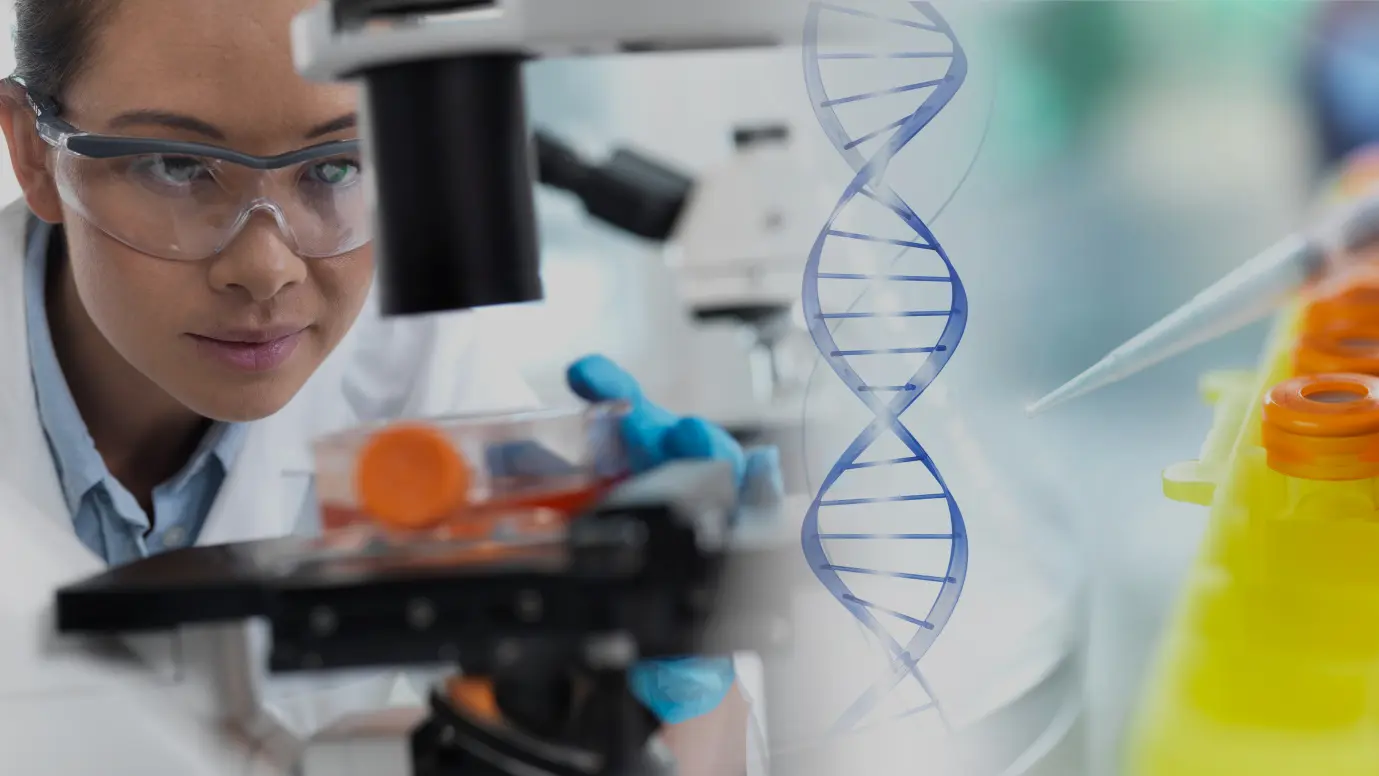
Enhance productivity and cost-effectiveness: Many medical products fail in clinical development despite passing animal tests, primarily due to efficacy and safety issues. Non-animal models, being biologically relevant to humans, have the capability to identify these problems earlier, thereby improving productivity and reducing the cost of medical product development.
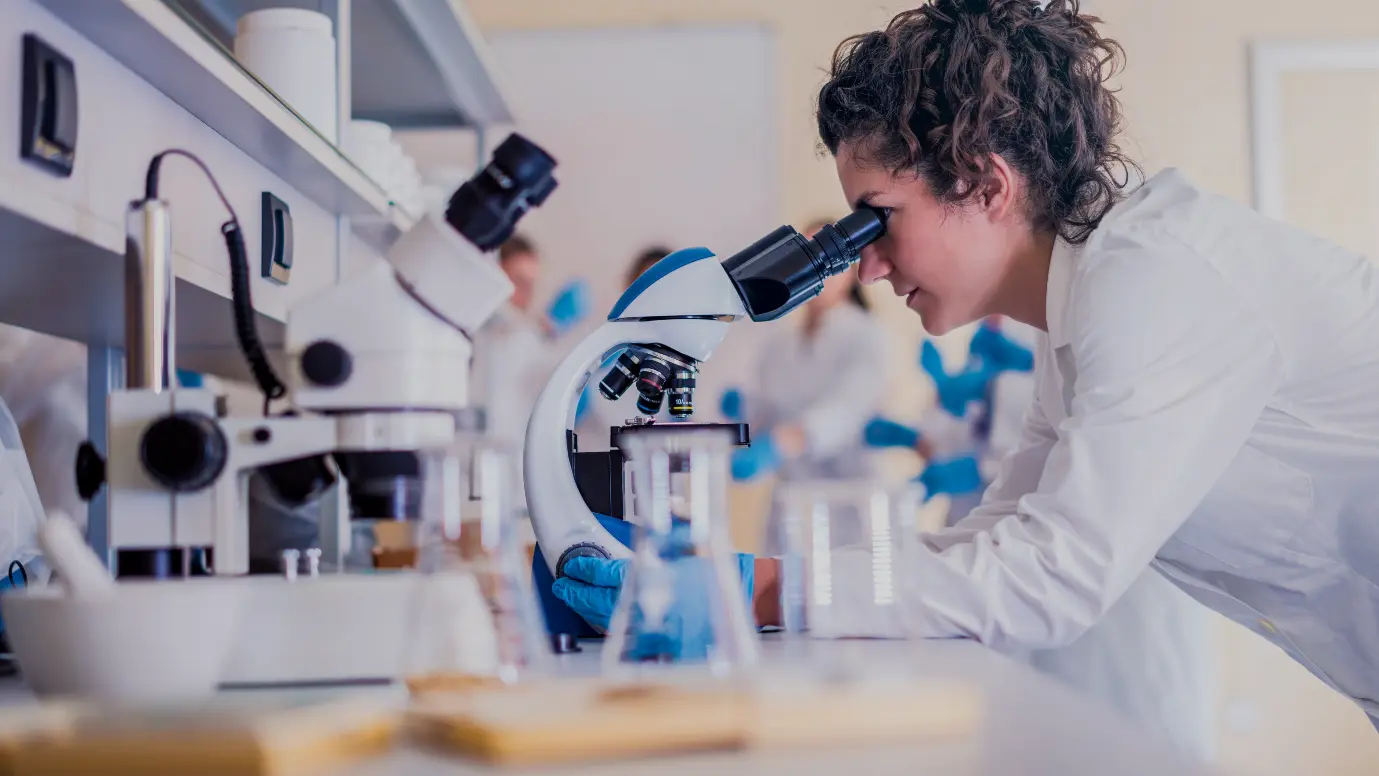
Applicable to High-Throughput Screening (HTS): Most non-animal models can interface with HTS, whereas this approach cannot be used for animal models due to the high number of tested compounds. Furthermore, this approach enhances testing efficiency compared to traditional in vitro 2D methods. It stands as a faster and cost-effective means of evaluating medical product development and precision medicines.
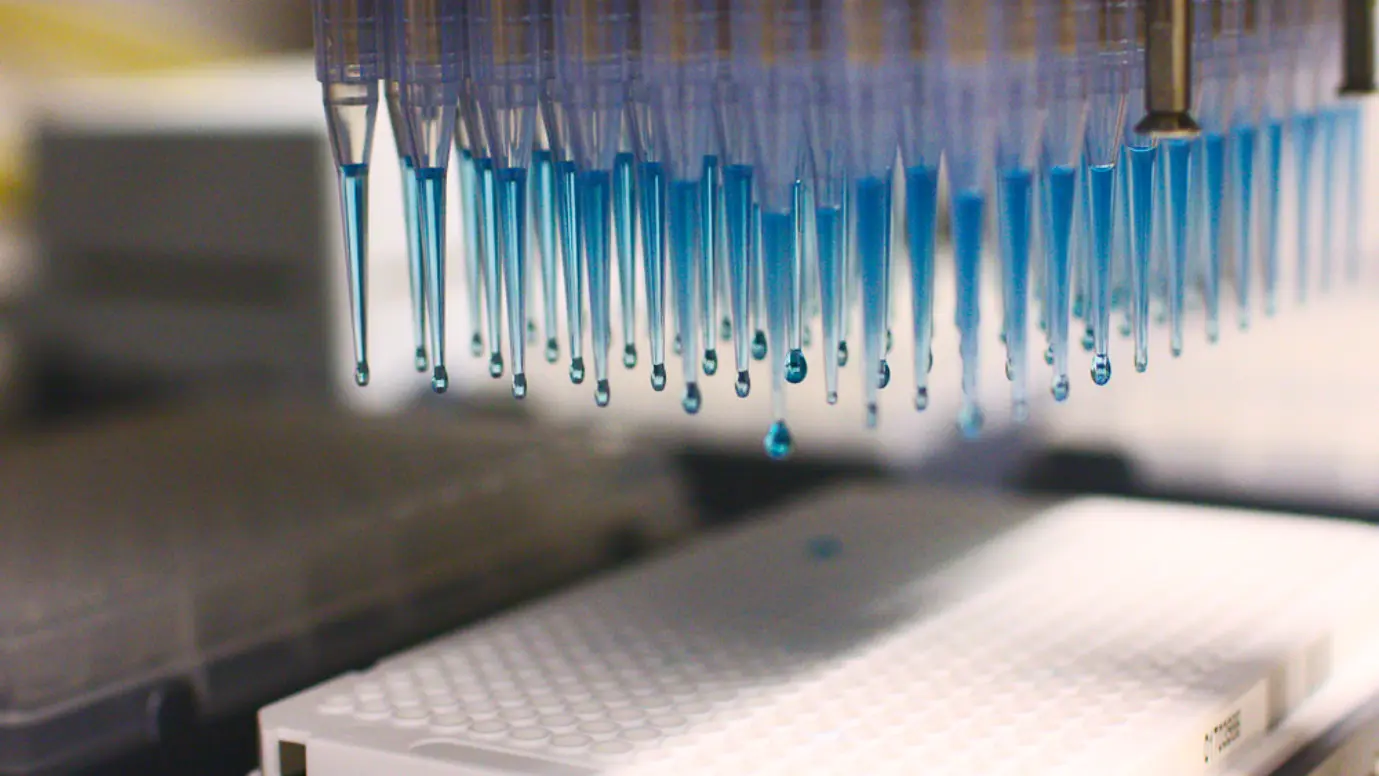
Improved Alternatives of Animal Models: Non-animal models play a crucial role in studying rare diseases, which might be more costly or challenging to investigate through traditional methods like animal models and clinical trials. This is primarily due to statistical limitations and the lower revenue potential associated with smaller patient populations. Furthermore, they also find application in the research and testing of diseases, conditions, or toxicities where reliable induction in an animal is challenging. On the other hand, the social license benefits of non-animal models are propelling their adoption.
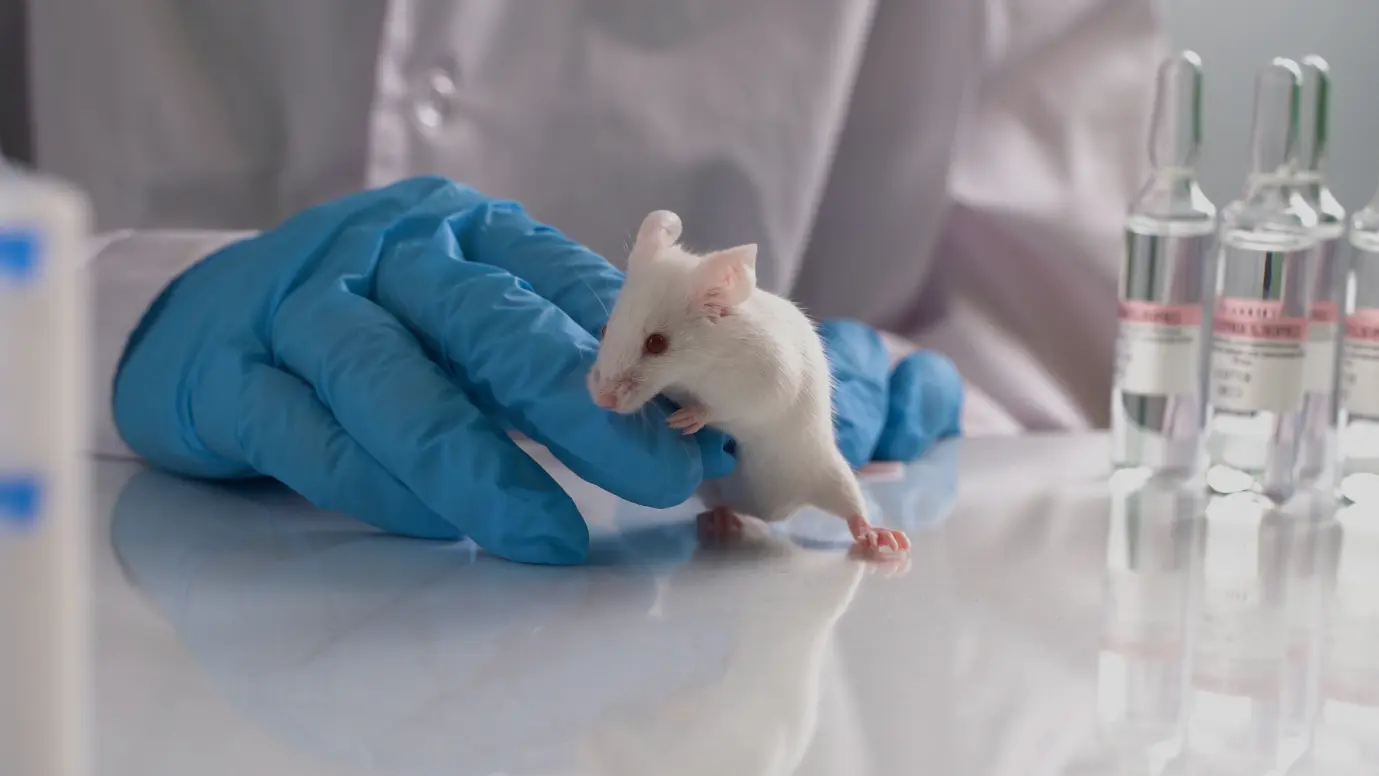
Trailblazing Trends: The Latest News on Non-Animal Models Reshaping the Future of Biomedical Innovation
- In June 2023, the Government of India passed an amendment to the New Drugs and Clinical Trial Rules (2023) with the goal of replacing animal usage in research, particularly in drug testing. The amendment grants researchers the authority to employ non-animal and human-relevant methods, such as 3D organoids, organs-on-chip, and advanced computational approaches, to assess the safety and effectiveness of new drugs.
- United States President Joe Biden signed the FDA Modernization Act in December 2022, which eliminates the requirement for drug developers to conduct testing on animals for FDA approval. This legislation paves the way for companies to utilize various alternative technologies, including organoids and organs-on-chips, instead of animal testing.
- In December 2022, BBSRC and NC3Rs allocated £4.7 million to 24 new projects concentrating on alternatives to in vivo models in bioscience research. These organizations invested £3.7 million in developing the next generation of non-animal technologies (NATs) and an additional £1 million as part of their commitment to enhancing health, aging, and well-being through the advancement of non-animal technologies in support of aging research.
Unleash Innovation: IMARC's Distinctive Approach Redefines Industry Knowledge
Companies need to establish goals for developing new and innovative non-animal models for the development of medical products. It is essential for them to analyze their existing models and identify areas where new technological advancements can be introduced in new non-animal model development. Analyzing competitors' strategies and innovating models are also crucial parameters for creating unique and featured products.
At IMARC Group, we specialize in assisting companies through market research to identify the latest trends, business strategies, and product opportunities. We support organizations in the analysis of the non-animal model market by uncovering industry trends, conducting price analysis, and patent analysis to understand the target audience, their preferences, and their purchasing behavior. Additionally, we help in creating powerful marketing plans. Our expertise extends to providing information on new product launches, innovations, recent trends, and developments. We aim to help businesses position themselves for long-term success and growth.
Contact Us
Have a question or need assistance? Please complete the form with your inquiry or reach out by emailing us on sales@imarcgroup.com.
